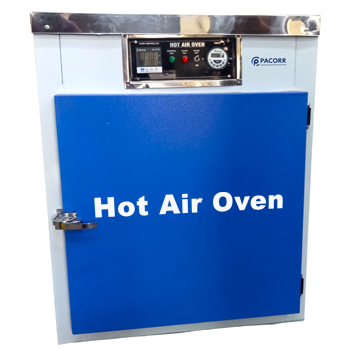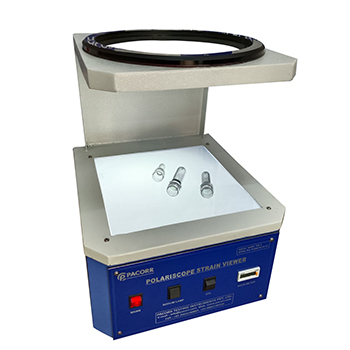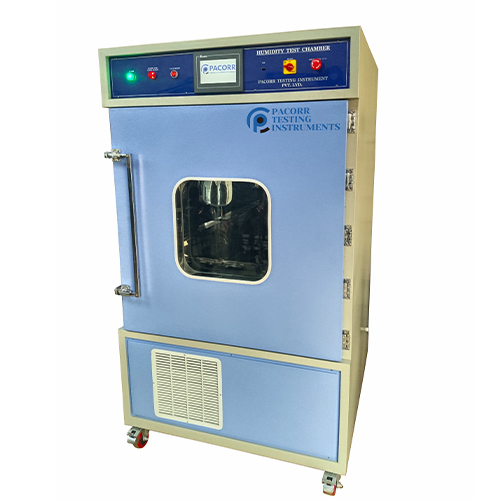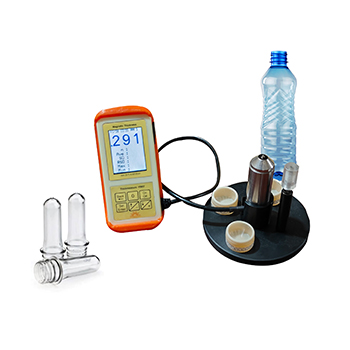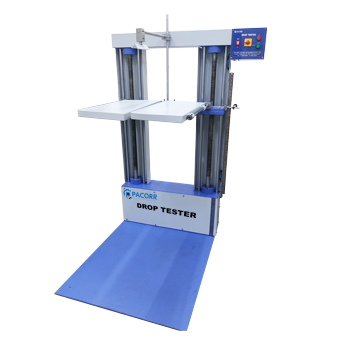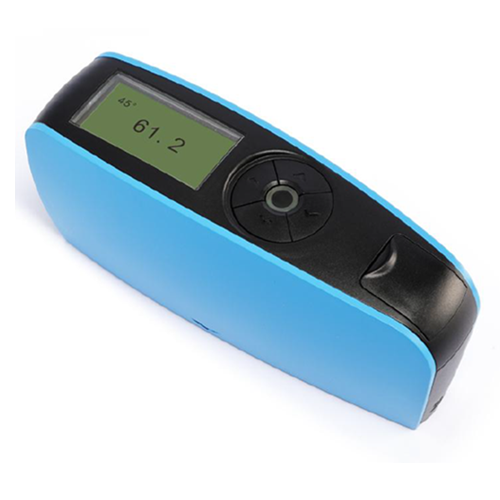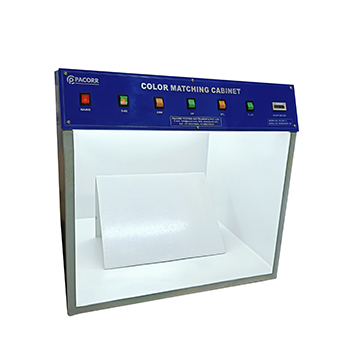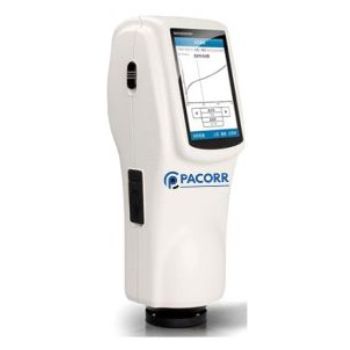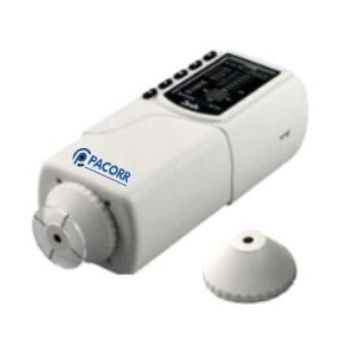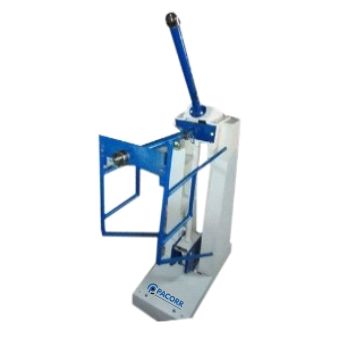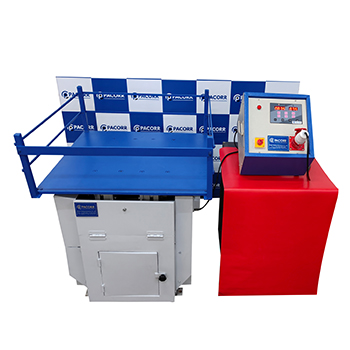Porcelains and Ceramics Testing Instruments
Porcelains and Ceramics Testing Instruments manufacturers and suppliers ensure that they provide the best devices to the manufacturers for testing the quality of ceramics and porcelain so that their quality is flawless until they are delivered to the customers. A ceramic is any of the different hard, weak, heat-safe and consumption safe materials made by forming and afterward terminating a non-metallic mineral, for example, clay, at a high temperature. Regular models are stoneware, porcelain, and block. The crystallinity of ceramic materials goes from profoundly arranged to semi-glasslike, vitrified, and regularly totally nebulous (e.g., glasses). Regularly, terminated ceramics are either vitrified or semi-vitrified similar to the case with pottery, stoneware, and porcelain. Fluctuating crystallinity and electron structure in the ionic and covalent bonds cause most ceramic materials to be acceptable warm and electrical separators (broadly explored in ceramic designing).
With such an enormous scope of potential choices for the sythesis/structure of a ceramic (for example virtually the entirety of the components, essentially a wide range of holding, and all degrees of crystallinity), the expansiveness of the subject is tremendous, and recognizable credits (for example hardness, durability, electrical conductivity, and so forth) are hard to determine for the gathering in general. General properties, for example, high dissolving temperature, high hardness, helpless conductivity, high moduli of versatility, substance obstruction and low malleability are the standard, with realized special cases to every one of these guidelines (for example piezoelectric ceramics, glass progress temperature, superconductive ceramics, and so forth) Numerous composites, for example, fiberglass and carbon fiber, while containing ceramic materials, are not viewed as a major aspect of the ceramic family.
Porcelain is a ceramic material made by warming clay-type materials to high temperatures. It remembers clay for the type of kaolinite. There is a qualification between hard-glue porcelain, terminated at 1400 degrees Celsius, and delicate glue porcelain, terminated at 1200 degrees Celsius. Bone china is delicate glue porcelain produced using bone debris and kaolinite. The crude materials for porcelain are when blended in with water and structure a plastic glue. The glue is worked to a necessary shape before terminating in a furnace.
The three fundamental kinds of porcelain are valid, or hard-glue, porcelain; fake, or delicate glue, porcelain; and bone china. During the terminating, at a temperature of around 1,450 °C (2,650 °F), the petuntse vitrified, while the kaolin guaranteed that the article held its shape. As the first porcelain is of premium quality and thus should be tried with appropriate porcelain and ceramic testing instruments for their authenticity. In spite of the fact that there is a shallow similarity, fake porcelain can by and large be recognized from genuine porcelain by its milder body. It very well may be cut with a record, for instance, while genuine porcelain can't, and soil collected on an unglazed base can be taken out just with trouble, if by any means, though it is effortlessly eliminated from genuine porcelain.
Pacorr offers best variety of high accuracy porcelain and ceramic testing instruments that can be used for testing the materials for their original properties so that their quality if not compromised. The instruments that Pacorr offers have longer service life and better performance even in the harshest testing conditions.
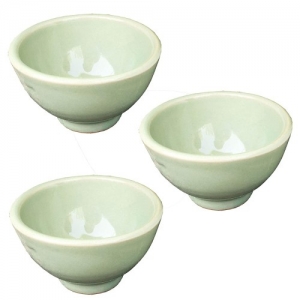
Thanks to Pacorr Testing instruments, we have all the required quality testing instruments that have helped us to ensure the best quality delivered to our clients.

Danish
Fair Exports Pvt. Ltd.

